Edge computing-Making Computing Faster
Edge computing reduces the need for data to be processed in a distant data center by performing computations on-site or close to a specific data source.
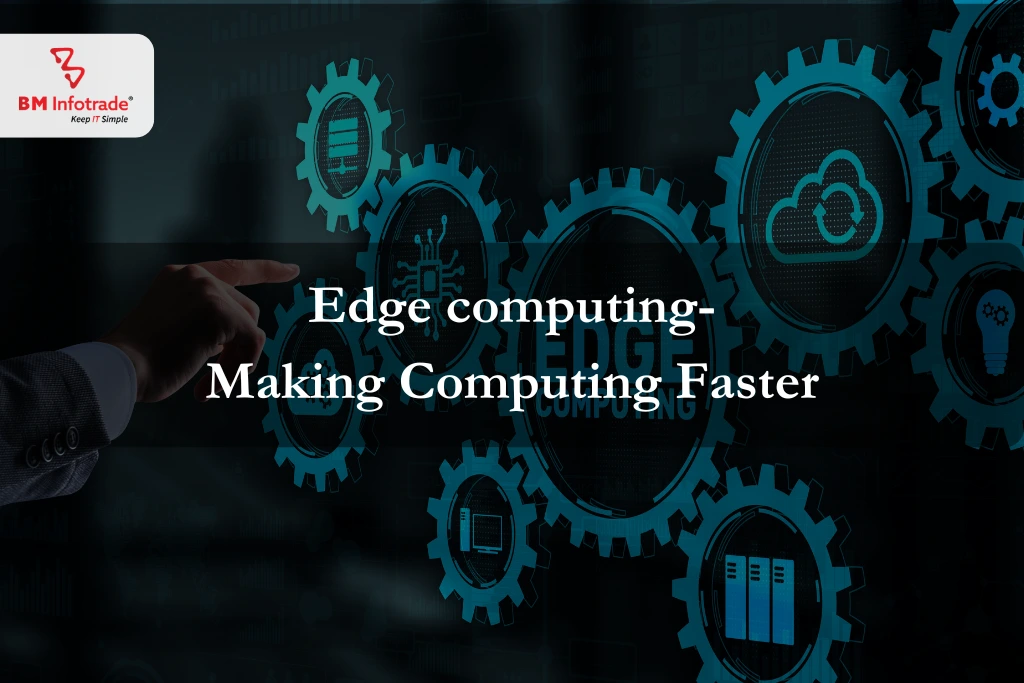
Edge computing-Making Computing Faster
Table of Contents
Edge computing reduces the need for data to be processed in a distant data center by performing computations on-site or close to a specific data source. Edge computing, an emerging computing paradigm, encompasses diverse networks and devices located at or near the user. Its primary focus is on swiftly and efficiently processing data in significant quantities at the source, facilitating real-time, action-driven outcomes.
How is edge computing implemented?
To reduce the negative effects of cloud computing on the environment, energy-saving technologies are required. These methods might lower operating expenses while preserving energy. One way to possibly use less energy is to use green information technology, also known as green cloud computing. As a result, it is essential to the development of business cloud computing.
Growing business activity globally has a significant environmental impact. More data centers, longer daily commutes for employees, and frequent inflows of office supplies and equipment are all necessary consequences of this growth. With options for reducing carbon footprints globally, green cloud computing addresses these escalating environmental issues.
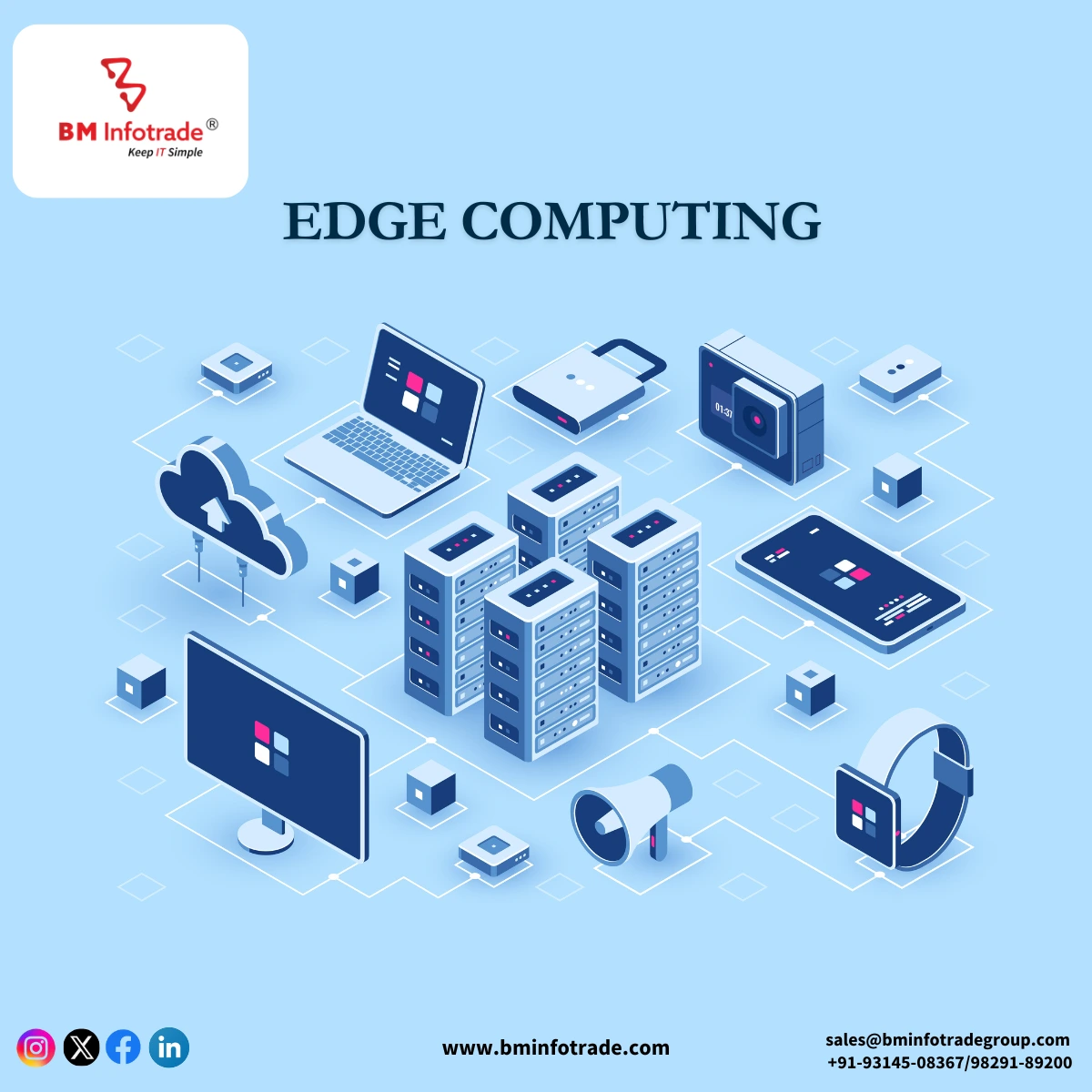
Read More:- Hybrid Cloud-Cloud storage is all you need
How can edge computing be used to improve sustainability?
With the development of 5G networks across the nation and the globe, edge computing is in many ways the next step in the evolution of cloud computing. Without the IT infrastructure required in previous generations, more businesses than ever before can take advantage of comprehensive data analysis. Likewise, edge computing has a wide range of potential uses, such as improved customer experiences, self-driving cars, video conferencing, and security and medical monitoring.
Edge computing's development
The first content delivery network (CDN), which brought data gathering nodes closer to end users, gave rise to edge computing in the 1990s. However, this technology was only effective with small amounts of data, such as still photos and videos. The increased use of mobile and early smart devices in the 2000s put more stress on the system's existing IT infrastructure. Peer-to-peer overlay networks and pervasive computing were two innovations that aimed to ease some of that pressure.
True decentralization of IT didn't start, though, until the widespread adoption of cloud computing, which gave users access to enterprise-level processing power with increased flexibility, on-demand scalability, and collaboration from any location.
However, as more businesses began operating from multiple locations and more end users demanded cloud-based applications, it became necessary to process more data outside of the data center right at the source and manage it from a single location. Mobile edge computing became a reality at that time.
The "Era of IoT" is currently changing how businesses allocate IT to their operations, making the once challenging task of collecting complex data more manageable.
What connection exists between edge computing and 5G?
Edge computing can be implemented on networks other than 5G (like 4G LTE), but the opposite isn't always true. In other words, without an edge computing infrastructure, businesses cannot really benefit from 5G. Although distance to a data center can be an issue for latency-sensitive applications, 5G by itself reduces network latency between the endpoint and the mobile tower.
The relationship between edge computing and 5G wireless will continue to be intertwined as more 5G networks are implemented, but businesses can still deploy edge computing infrastructure through various network models, including wired and even Wi-Fi, if necessary. In all likelihood, edge infrastructure is poised to leverage 5G networks due to their superior speeds, particularly in rural regions where wired networks may not be accessible.
Read More:- Hyper Converged vs Cloud: Differences and similarity.
What would be an ideal scenario for using edge computing solutions?
Although the edge's physical architecture can be complex, the fundamental concept is that client devices connect to nearby edge modules for faster processing and more seamless operations. IoT sensors, a worker's laptop or smartphone, security cameras, or even the internet-connected microwave in the break room can be considered edge devices.
An autonomous mobile robot or a robot arm in an automotive factory are examples of edge devices in an industrial setting. In the field of medicine, it might refer to a sophisticated surgical system that enables surgeons to work remotely. An edge computing infrastructure includes edge gateways as edge devices in and of themselves. You might hear the modules referred to as edge servers or edge gateways because terminology varies.
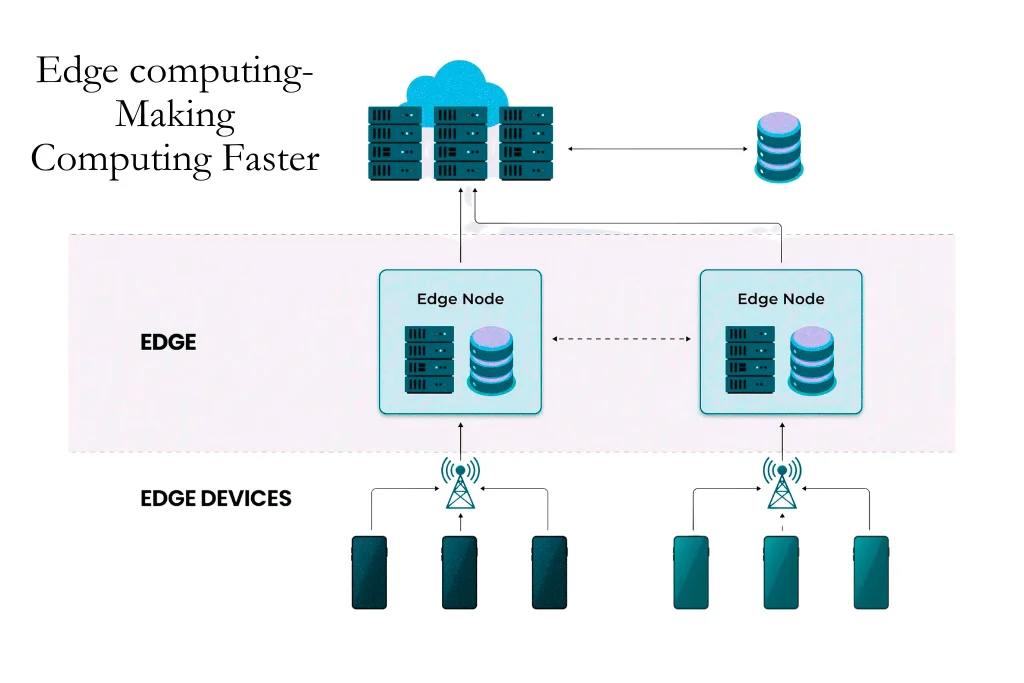
Conclusion
To reduce the amount of data that needs to be transferred and improve response times, edge computing entails moving closer to the devices being used. It does not replace the cloud, but it enhances it by addressing some of its drawbacks for particular use cases.

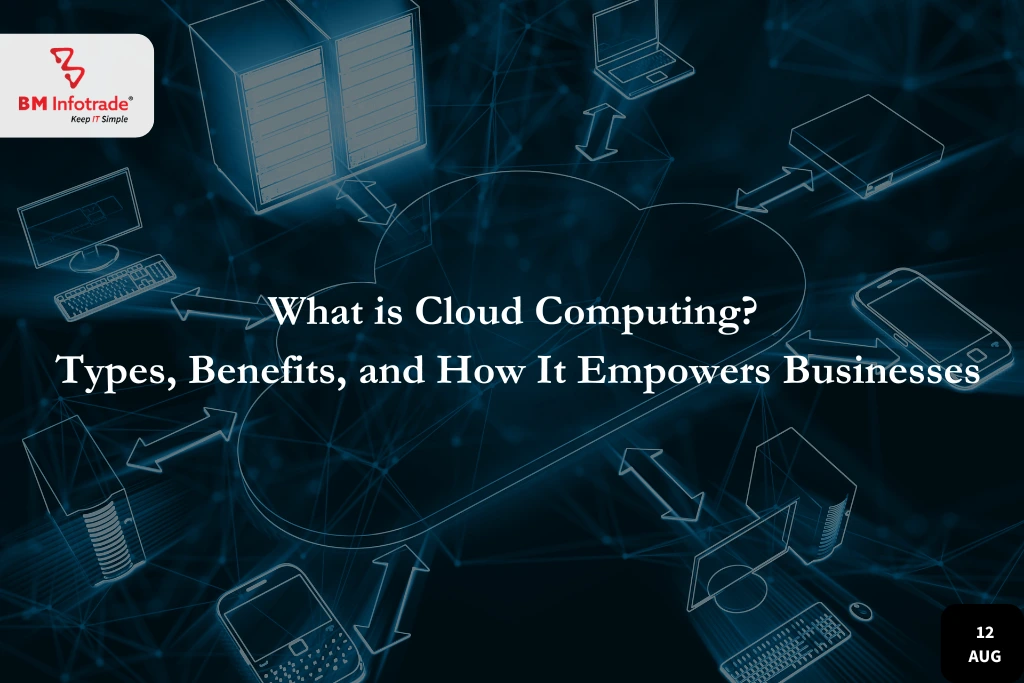

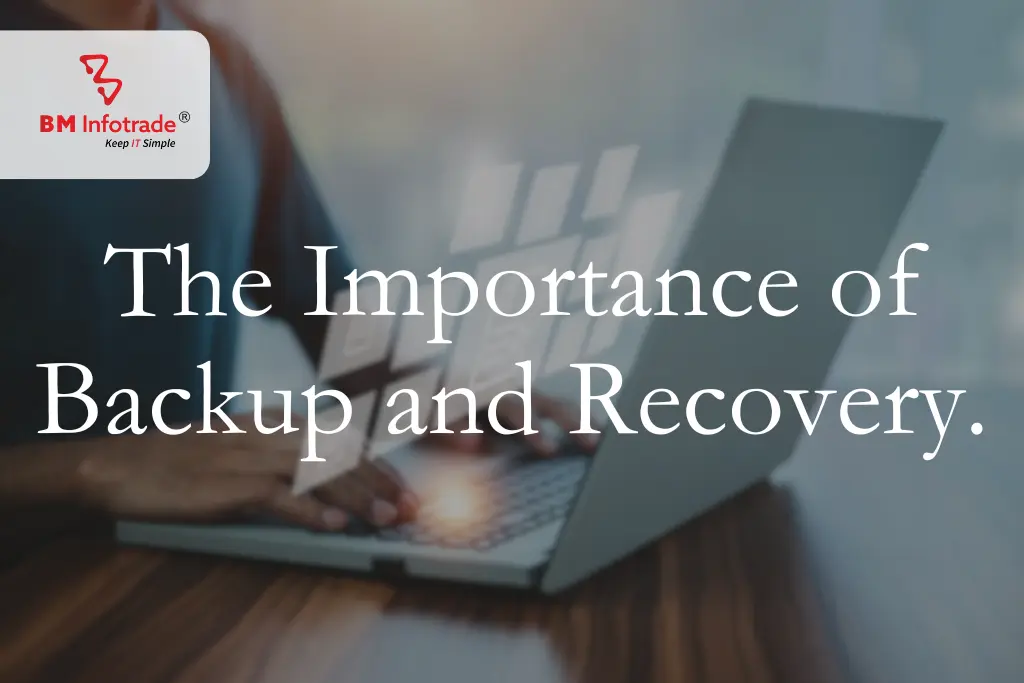
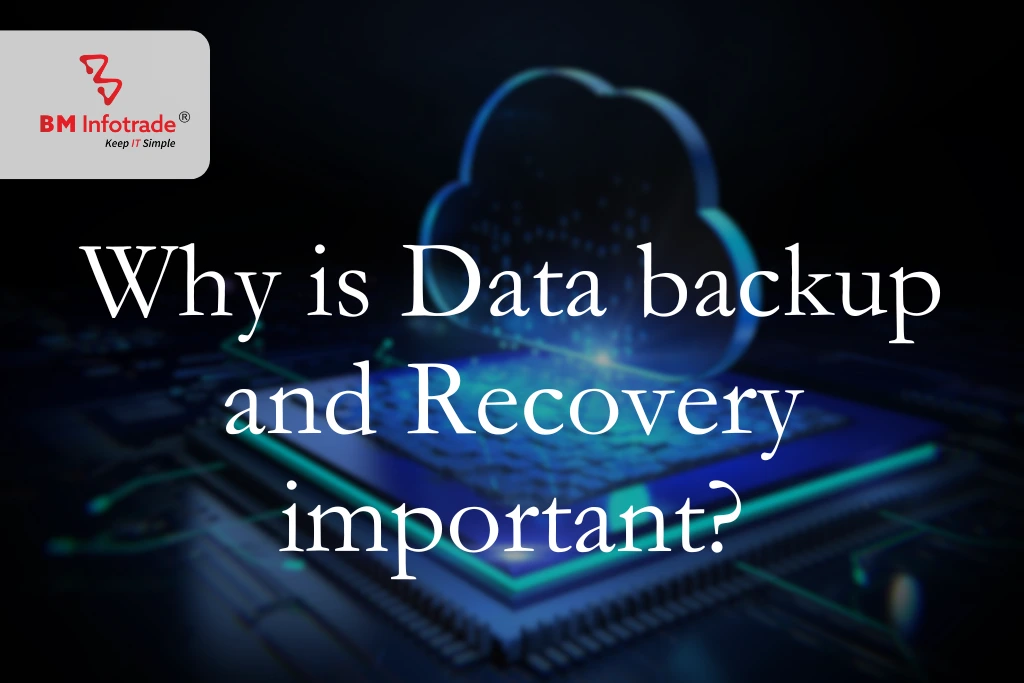
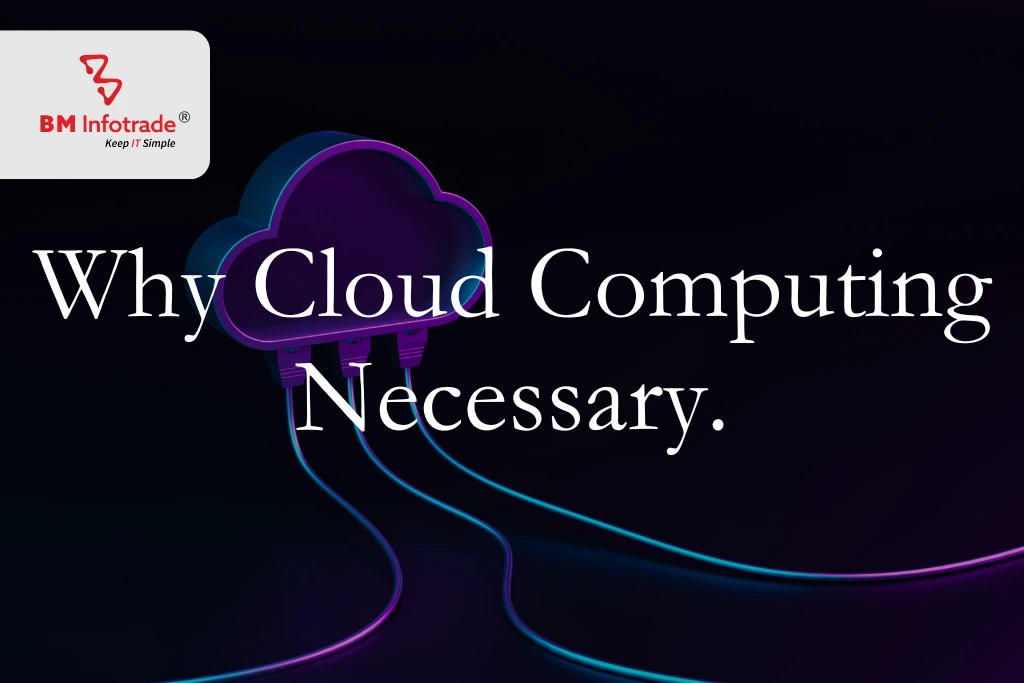
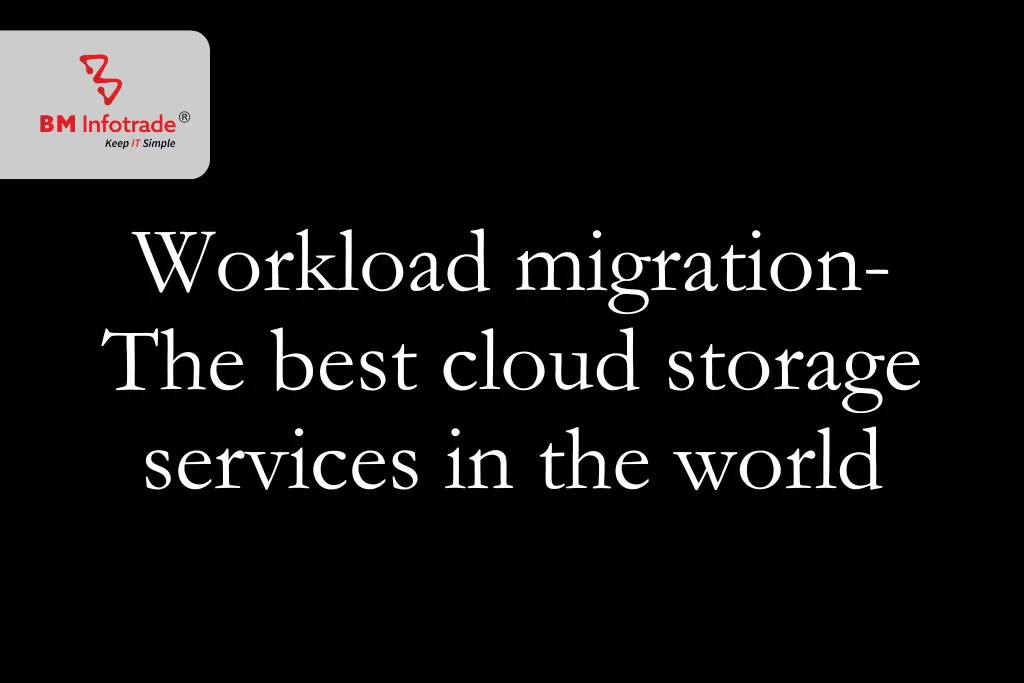
Anshul Goyal
Group BDM at B M Infotrade | 11+ years Experience | Business Consultancy | Providing solutions in Cyber Security, Data Analytics, Cloud Computing, Digitization, Data and AI | IT Sales Leader